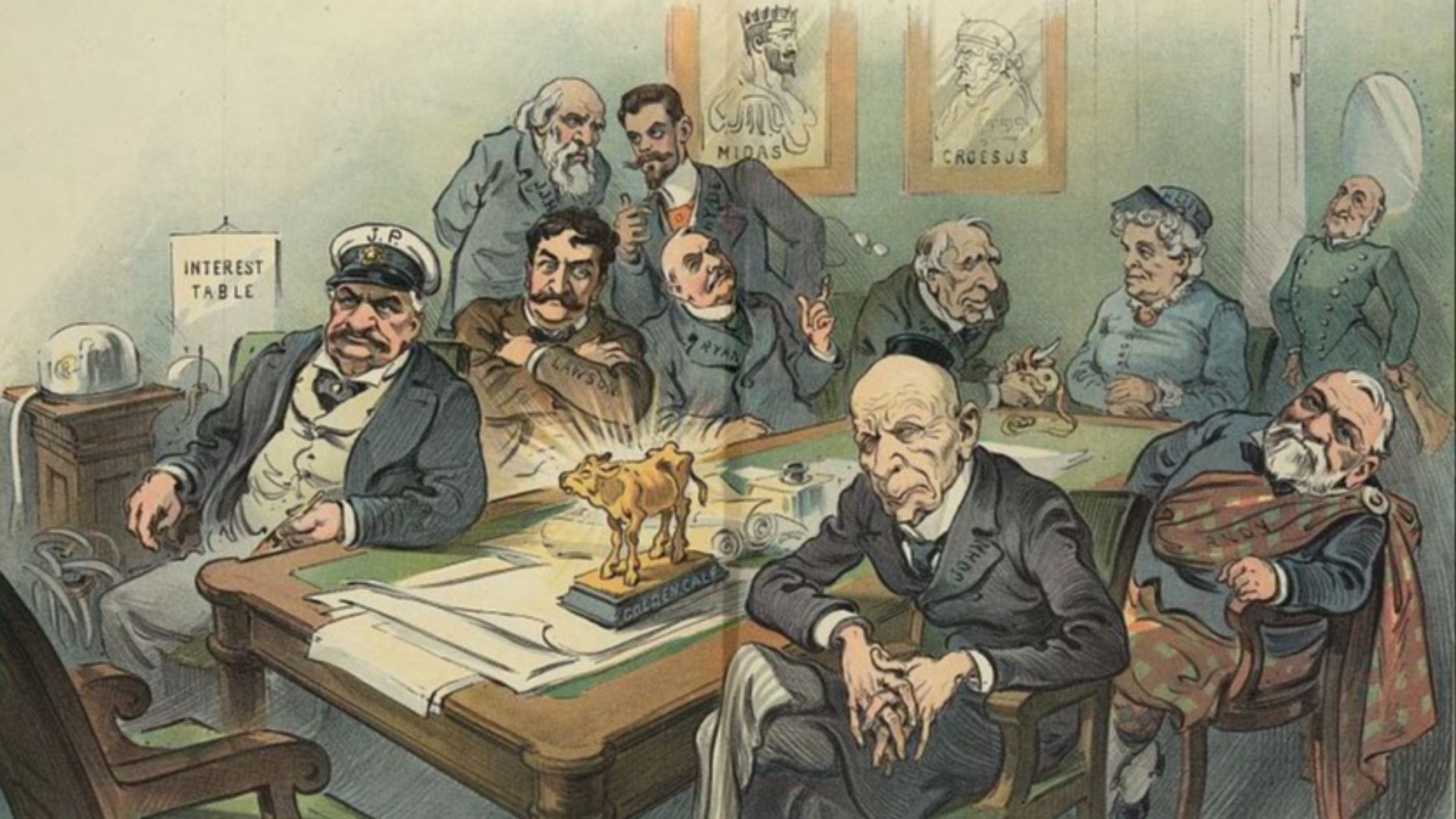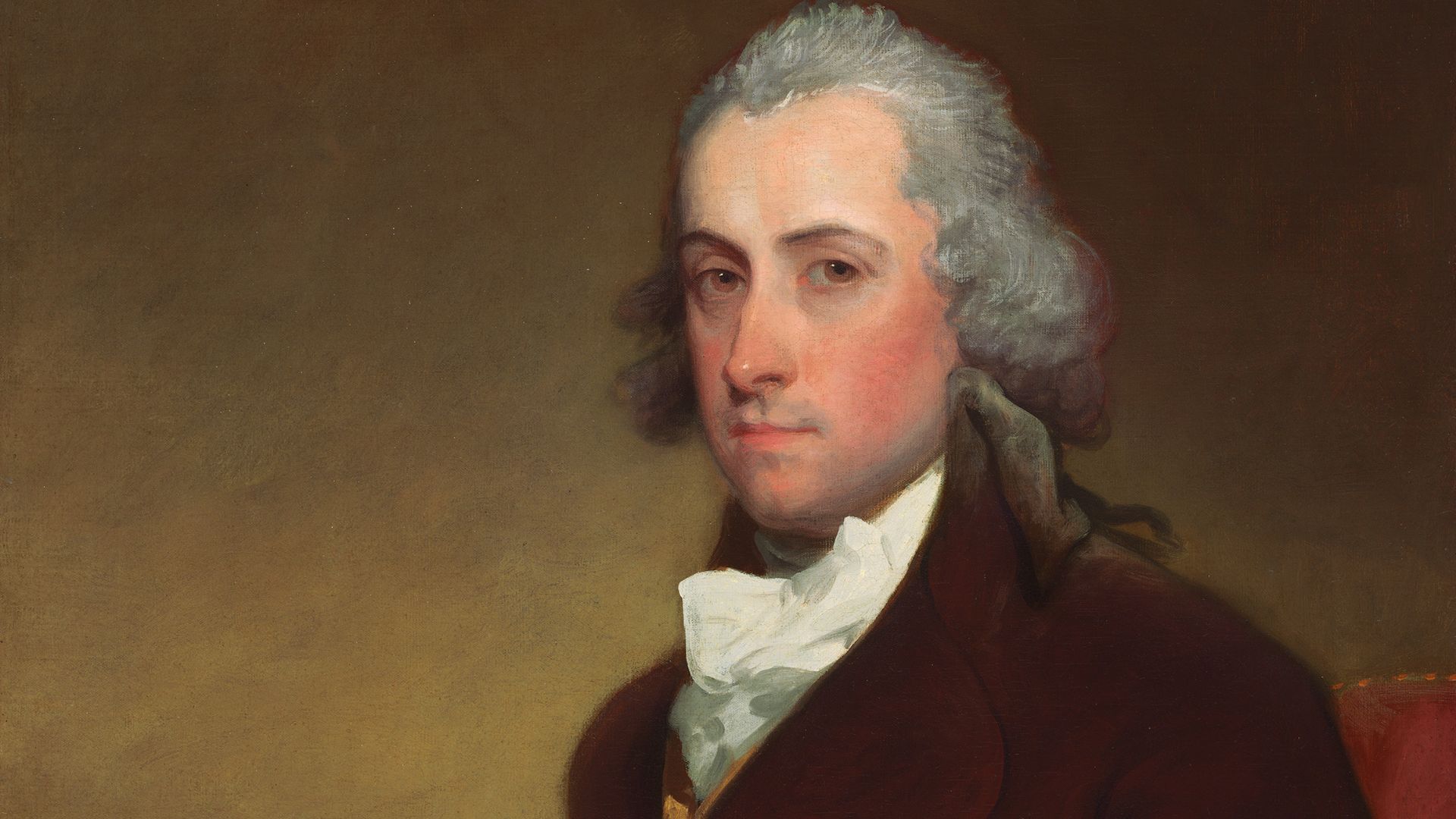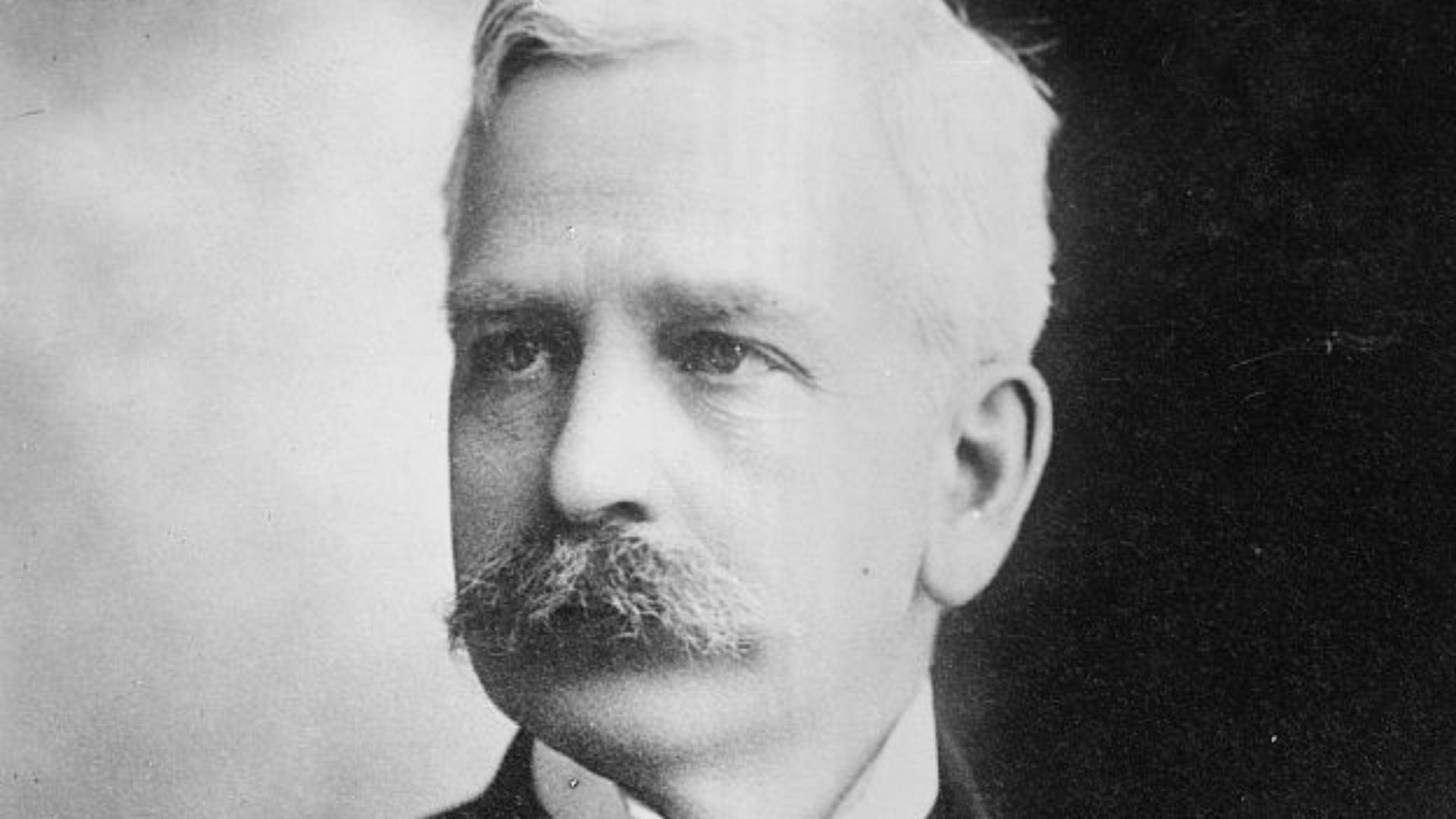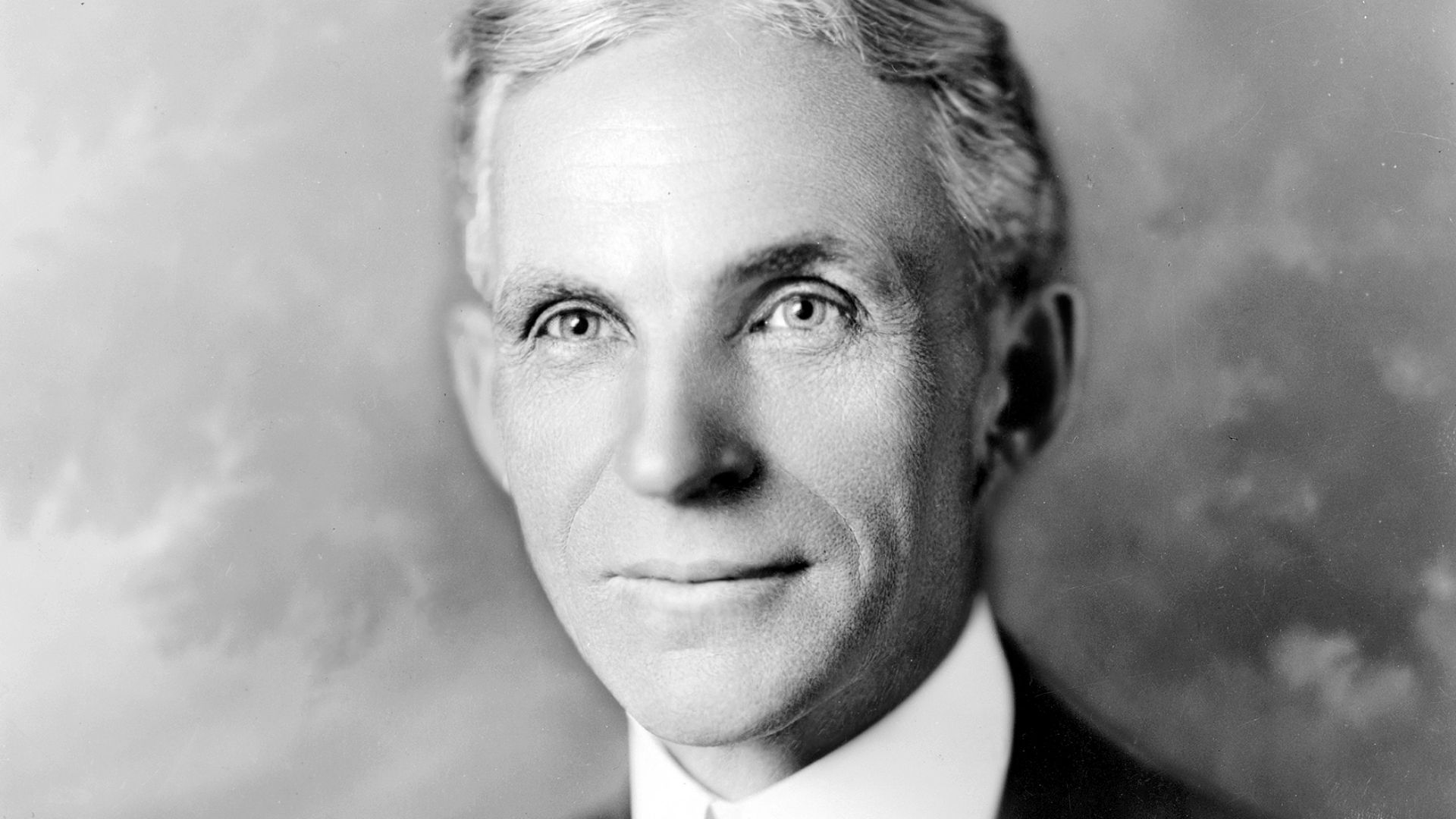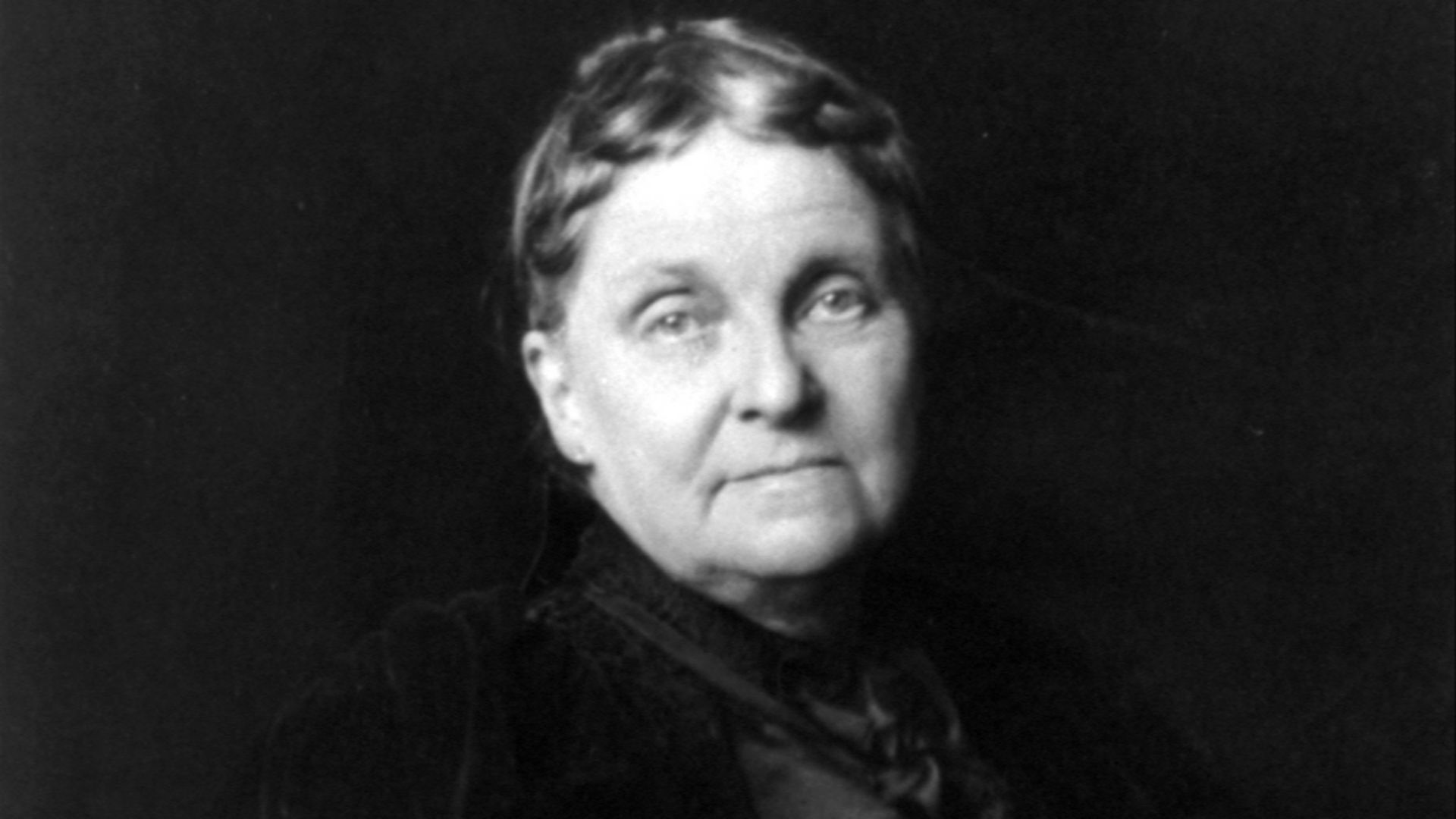Money, Money, Money
While most of us only experience the lifestyles of the rich and famous through our phone screens, a lucky few have tasted the high life that the rest of us can only dream of. Here are 20 of the richest Americans in history, and, because nobody wants to read about Bill Gates or Jeff Bezos in a history article, we’ve excluded any living people.
1. John D. Rockefeller
John D. Rockefeller wasn’t just one of the richest Americans in history; he was one of the richest people ever! The oil magnate controlled almost 90% of America’s oil through the Standard Oil Trust. A committed philanthropist, Rockefeller donated around $450 million to the University of Chicago, Spelman College, and the International Health Division. Even after his charitable donations, his net worth was the equivalent of 1.5% of the US GDP at the time of his death—$435 billion adjusted for inflation!
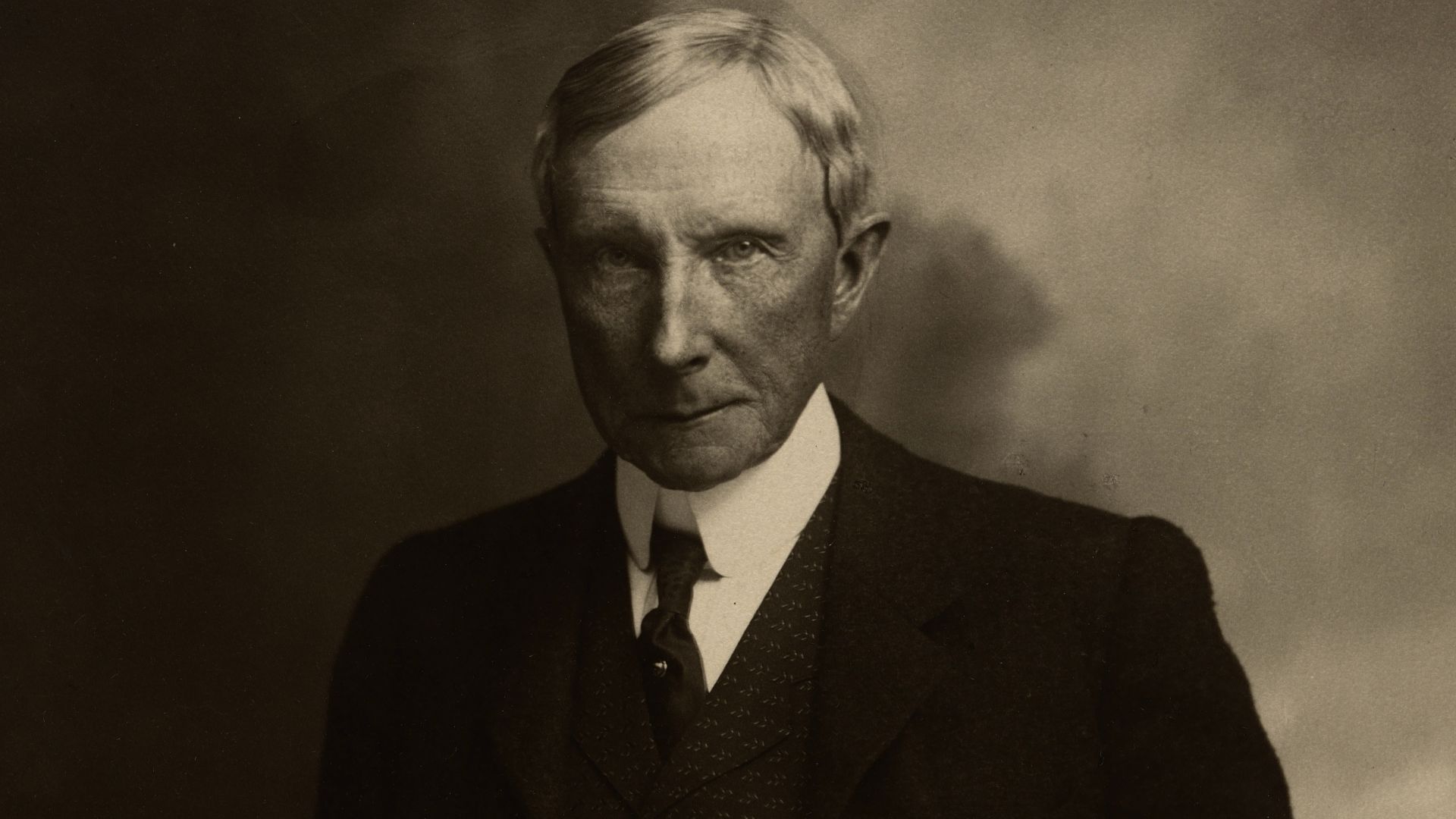 Pach Brothers Studio on Wikimedia
Pach Brothers Studio on Wikimedia
2. John Jacob Astor
The first multi-millionaire in American history, John Jacob Astor amassed a fortune thanks to European taste for beaver-fur hats. Purchasing hides from Native Americans, Astor resold them in London at a premium. Astor also supplemented his income by smuggling opium into China and renting his substantial land holdings in Manhattan. The wealthiest American at the time of his death, Astor left behind an estate worth between 600 and 900 billion dollars in today’s money.
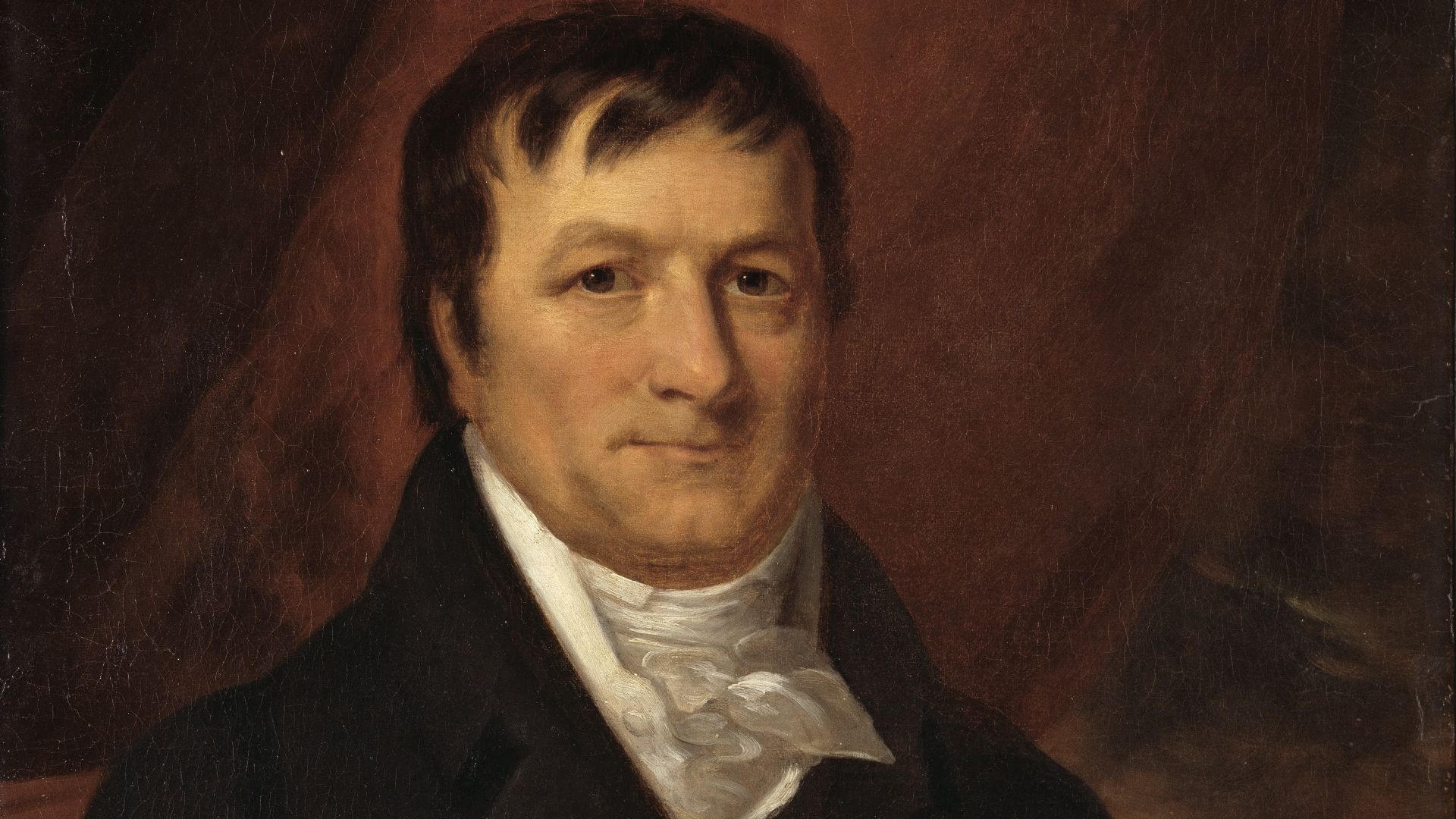 John Wesley Jarvis on Wikimedia
John Wesley Jarvis on Wikimedia
3. Cornelius Vanderbilt
“Commodore” Cornelius Vanderbilt left school aged 11 to work on his father’s ferry. After five years (and a small loan from his mother), Vanderbilt purchased a boat of his own, which he used as one of the first Staten Island ferries. Once Vanderbilt monopolized steamship travel, he moved onto railway lines, starting in his native New York. Adjusted for inflation, Vanderbilt was worth $3 billion at the time of his death.
 Produced by Mathew Brady's studio, restored by Michel Vuijlsteke on Wikimedia
Produced by Mathew Brady's studio, restored by Michel Vuijlsteke on Wikimedia
4. Stephen Girard
French-born Stephen Girard first traveled to colonial America as a cabin boy, sailing between New York and the Caribbean. Girard took advantage of the Haitian Revolution by salvaging goods leftover from rich Frenchmen killed in the uprising. Fortune in hand, Girard purchased the stock and facilities of the First Bank of the United States, which became the principal source of credit during the War of 1812. Having single-handedly saved the treasury from bankruptcy, Girard bequeathed the majority of his fortune to charity, leaving behind $255 million in today’s money.
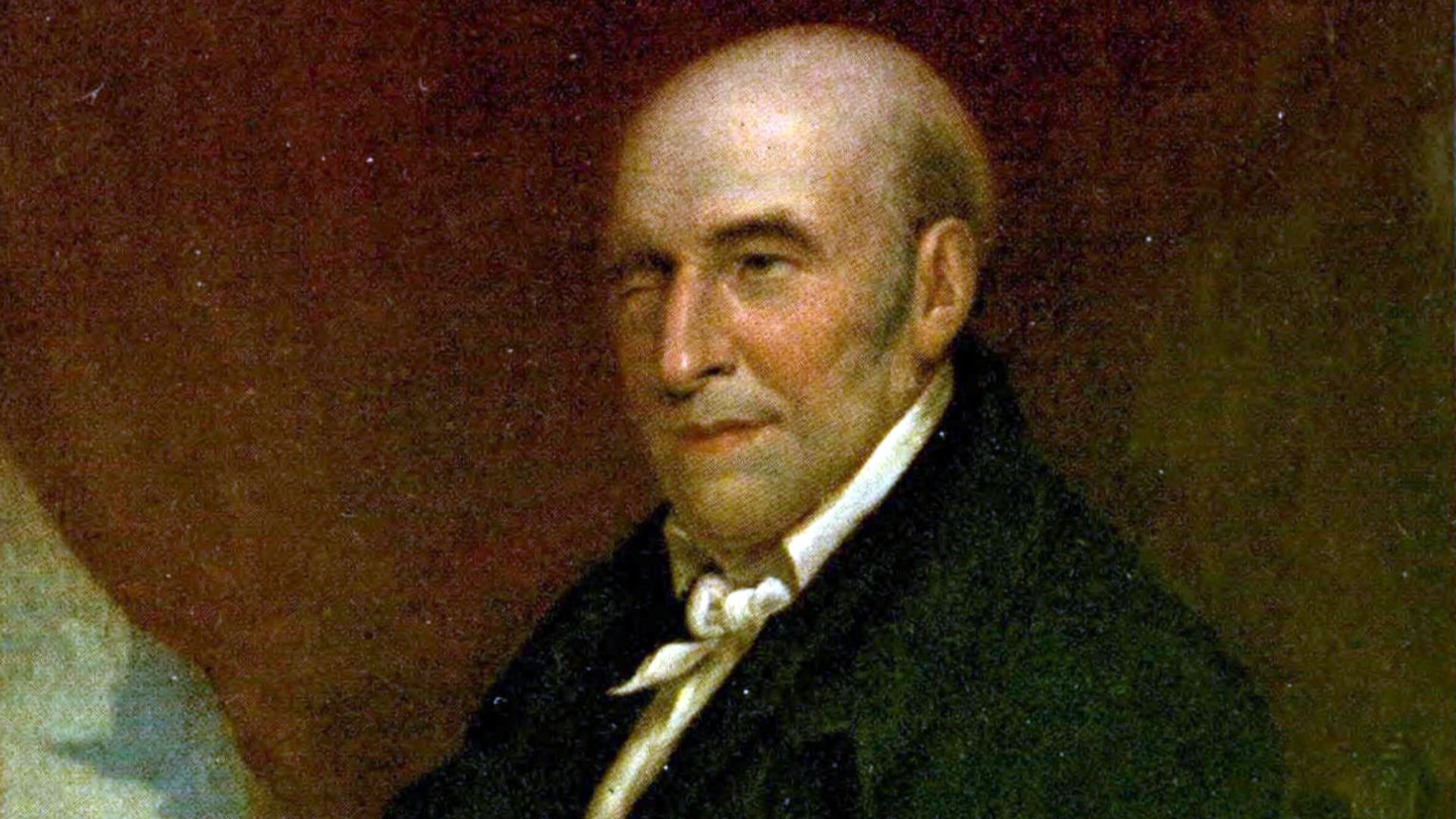 JR Lambdin, from a posthumous portrait by B. Otis on Wikimedia
JR Lambdin, from a posthumous portrait by B. Otis on Wikimedia
5. Richard B. Mellon
Unlike some people on this list, Richard Mellon was born into wealth. Working alongside his brother at their father’s bank, the Mellons grew into one of Pennsylvania’s richest families. As committed as the family was to financing Pittsburgh’s industrial development, they were also heavily invested in the city’s education, founding the Mellon Institute of Industrial Research in 1913. Mellon’s exact worth is difficult to deduce, but estimates put it at over $120 billion in 2025 money.
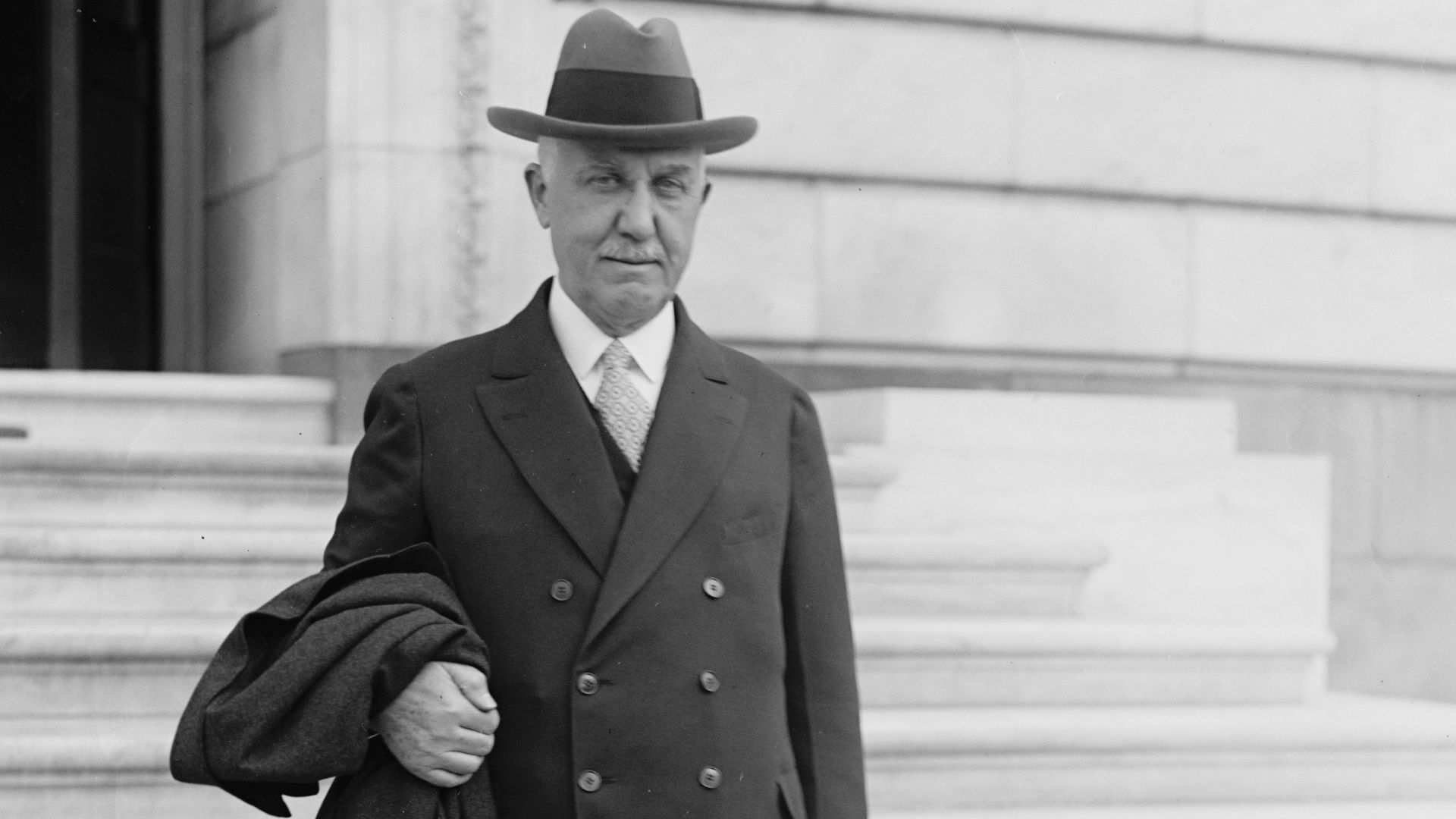 National Photo Company Collection on Wikimedia
National Photo Company Collection on Wikimedia
6. Andrew Carnegie
The Patron Saint of Libraries, Andrew Carnegie, donated nearly 90% of his massive fortune to charities, foundations, and universities. Carnegie came from a humble weaving family in Scotland who moved to America in hopes of a better life. Starting as a millworker, Carnegie eventually became superintendent for the Pennsylvania Railroad, investing his money in steelworks. Carnegie died with a net worth of almost $600 million, having already donated $6 billion in today’s money to charity.
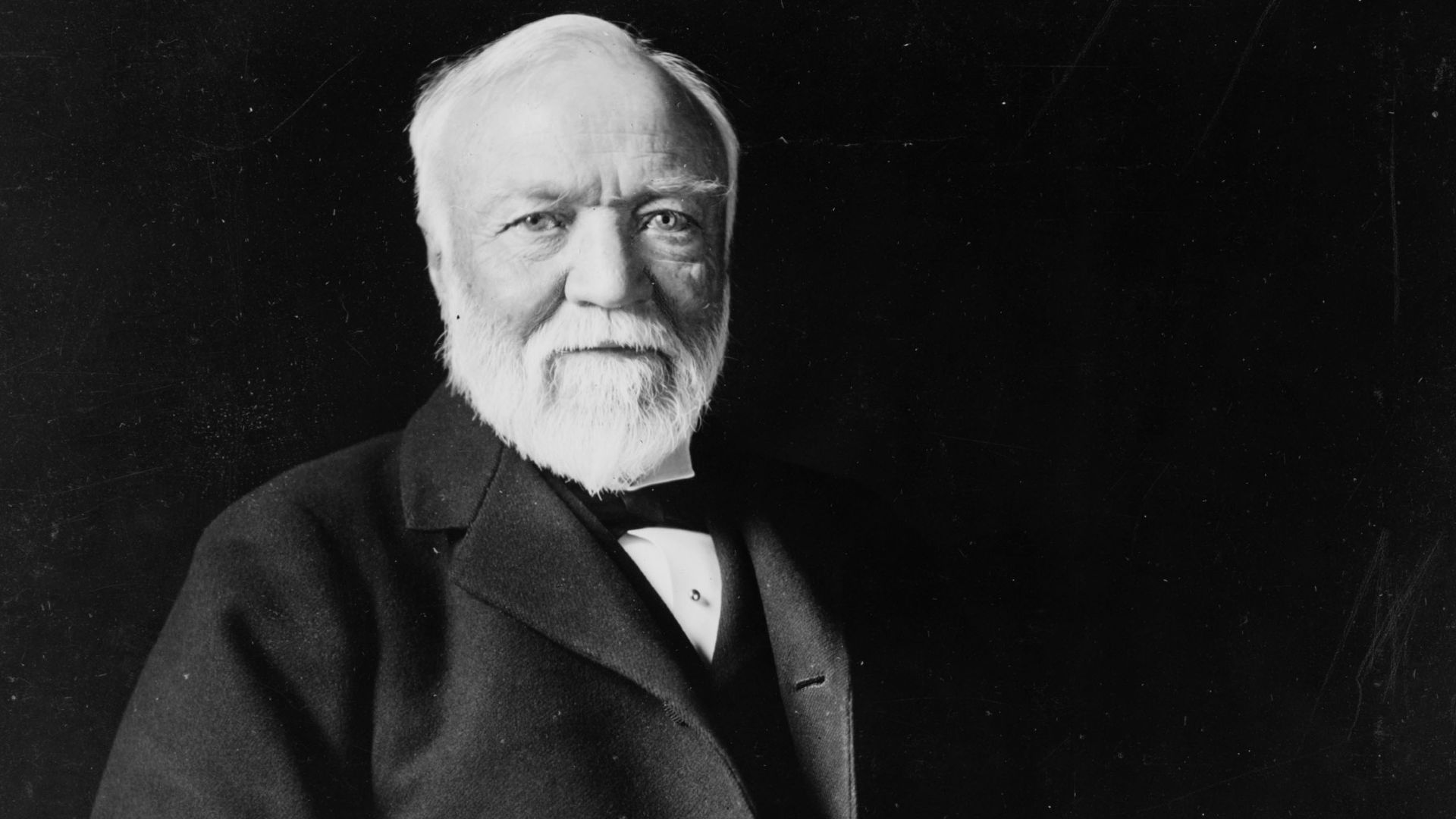 Theodore C. Marceau on Wikimedia
Theodore C. Marceau on Wikimedia
7. Stephen Van Rensselaer III
A lenient landlord and Alexander Hamilton’s brother-in-law, Stephen Van Rensselaer, inherited a grand manor called Rensselaerswyck. Rensselaerswyck oversaw nearly 3000 tenants and most of the land that would make up the Albany and Rensselaer counties of New York, as well as significant parts of Columbia and Green counties. Adjusted for inflation, Van Rensselaer's estate was valued at $133 million at the time of his death, which eventually led to the Anti-Rent War.
8. A. T. Stewart
Alexander Turney Stewart created shopping as we know it. Using an inheritance from his grandfather, Stewart turned $3000 in Irish lace into one of the first and grandest department stores in American history. Turner was the first to set standard prices, introduce the concept of a “sale,” and focus on creating a customer-focused atmosphere that appealed to women. He left behind over a billion dollars, 7 million of which was willed to long-term employees.
9. Frederick Weyerhäuser
The timber king of the Northwest, Frederick Weyerhäuser, wasn't content to handle all the timber processed on the Mississippi River. He purchased nearly a million acres of forest in the Pacific Northwest, controlling sawmills, paper mills, and processing plants. Weyerhäuser left behind over $85 billion, and his company remains the largest timber seller worldwide.
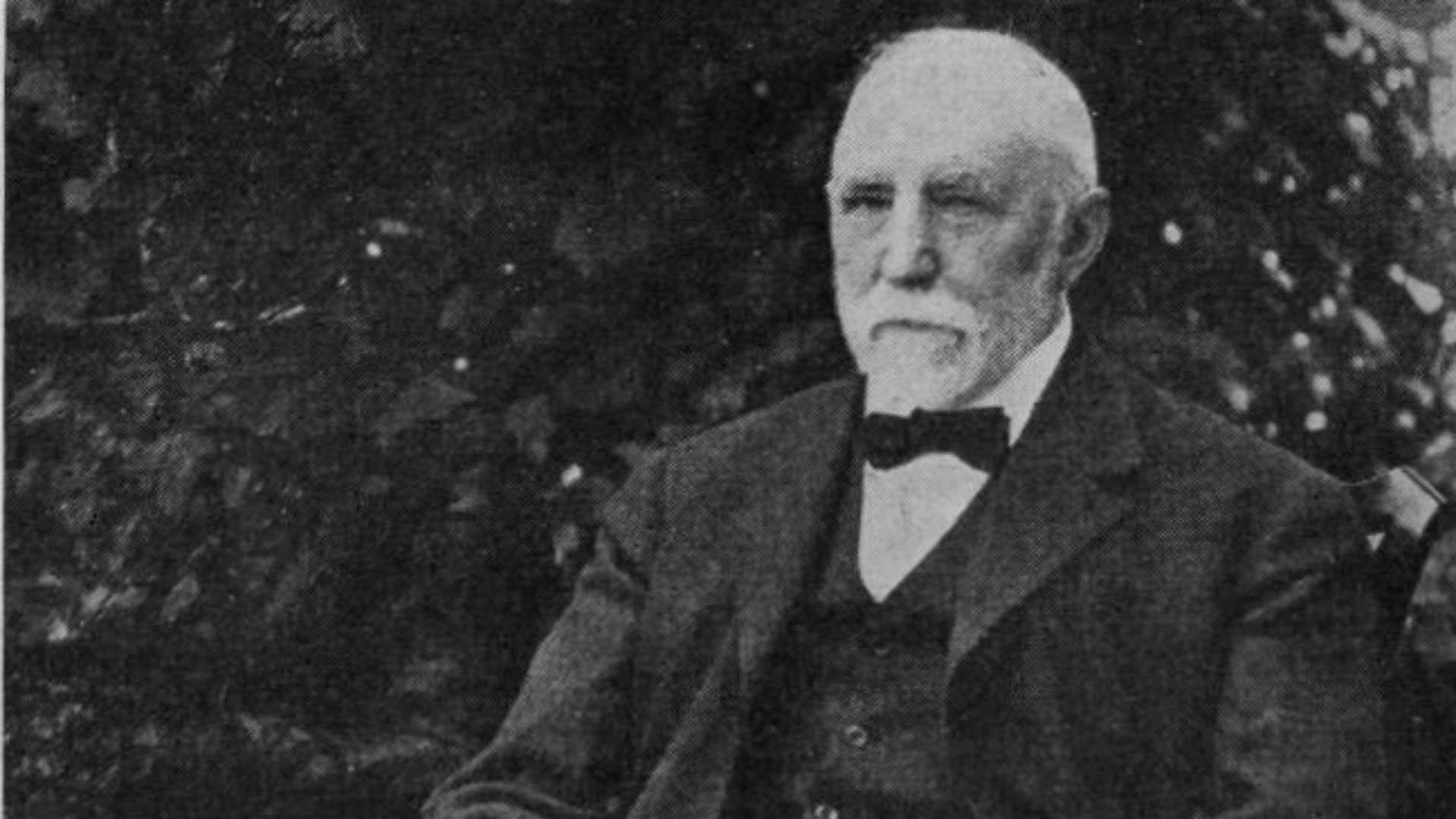 Unknown authorUnknown author on Wikimedia
Unknown authorUnknown author on Wikimedia
10. Jay Gould
An unpopular robber baron, Jay Gould’s career started with 50 cents and a sack of clothes. Gould opened a tanning business, bought out his partner after a financial crisis, and then moved onto harvesting ice. From ice storage, he built a railroad from Pennsylvania to New York, and from there, he earned millions in railway investment. Conservative estimates place Gould’s wealth at $2.52 billion after inflation.
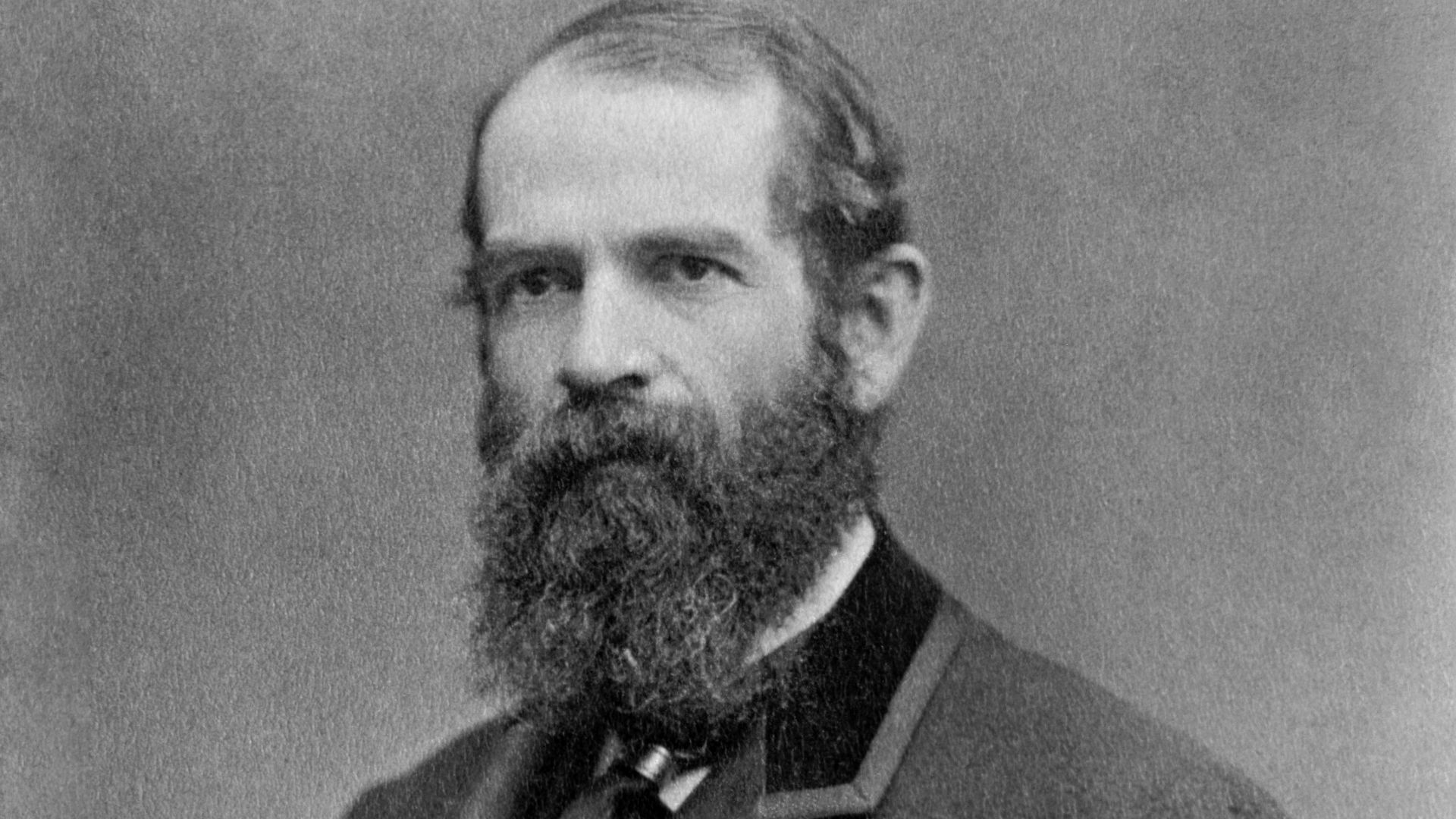 Bain News Service, publisher
Restoration by Adam Cuerden on Wikimedia
Bain News Service, publisher
Restoration by Adam Cuerden on Wikimedia
11. Marshall Field
Another department store mogul, Marshall Field, is credited with saying, “The customer is always right.” Field took his early experience working in a dry goods store and turned the 19th-century shopping experience into a luxury fit for the Gilded Age with unconditional refunds, consistent pricing, and international imports. Adjusted for inflation, Field left behind over $3 billion, though his company was quickly absorbed into Macy’s.
12. Henry Ford
While Henry Ford may not have built the first automobile, he made them available to the American middle class. Ford galvanized the factory system by introducing the assembly line, which optimized production time and allowed his Model Ts to be sold at a lower price. At his peak, Ford was worth almost $200 billion adjusted to today’s money.
13. Andrew W. Mellon
Richard Mellon’s older brother, Andrew, was no slouch in the financial department either. After the Panic of 1873 depleted the Mellon family fortune, Andrew took control of his father’s bank and revived the family’s finances within a year. Andrew developed Pittsburgh’s aluminum, steel, oil, and coal industries, donated $20 million worth of art to the National Gallery, and served as Secretary of the Treasury under three presidents. Mellon was worth $4 billion in today’s money at the time of his death, though his image was marred by tax fraud.
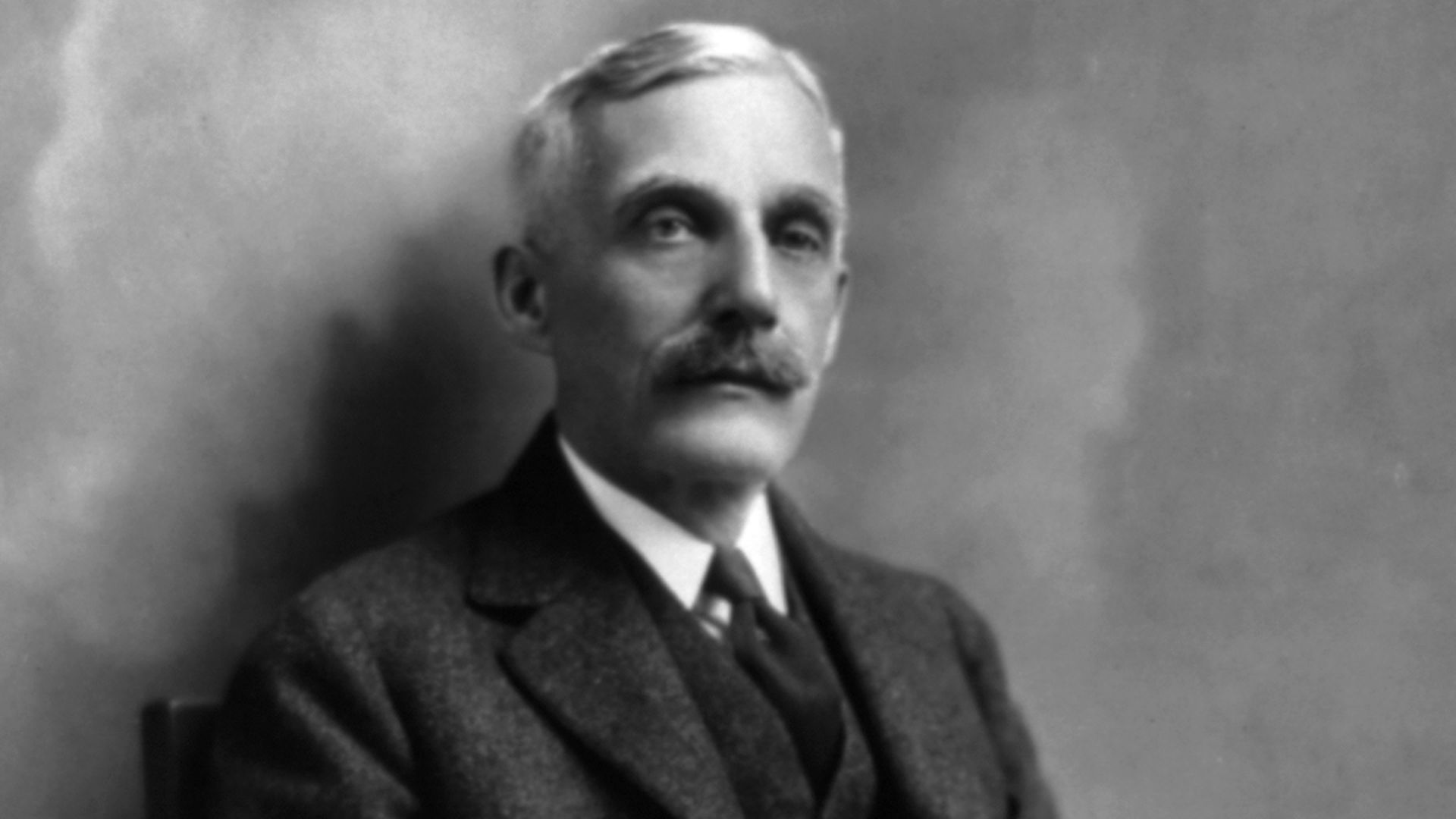 Trinity Court Studio, a photography studio in Pittsburgh, Pennsylvania on Wikimedia
Trinity Court Studio, a photography studio in Pittsburgh, Pennsylvania on Wikimedia
14. Sam Walton
The Sam behind Sam’s Club and Walmart, Sam Walton, got his first retail experience at a J. C. Penney. Walton opened the first Walmart in 1962, with a focus on a wide range of American-made products sold at competitive prices. Walton was ranked the richest person in America from 1985 to 1990 and received the Presidential Medal of Freedom. Estimates place his wealth at the time of his passing at over 50 billion.
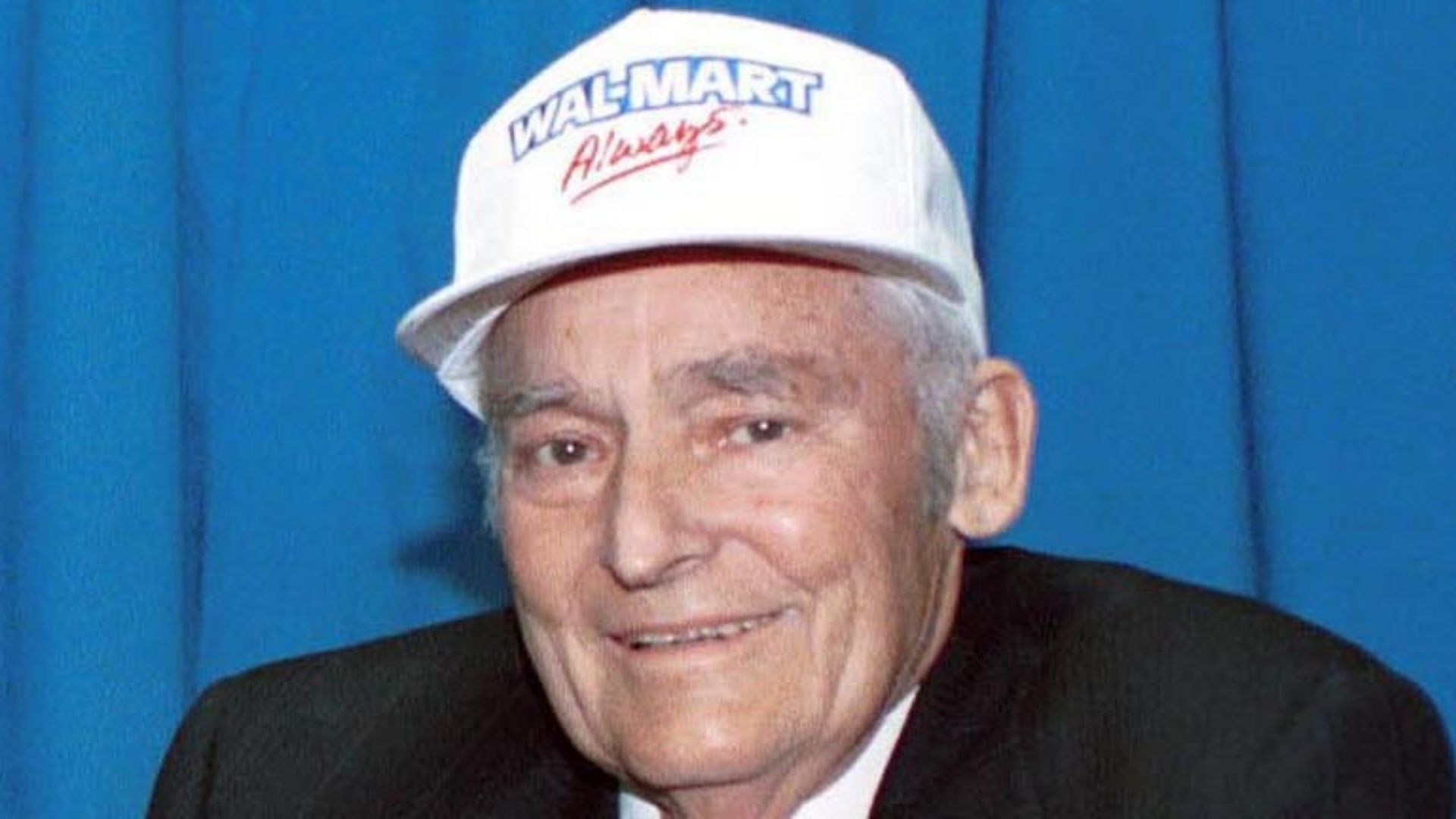 Photo credit: George Bush Presidential Library and Museum on Wikimedia
Photo credit: George Bush Presidential Library and Museum on Wikimedia
15. Moses Taylor
Moses Taylor had a unique leg up in the financial world: his father was John Jacob Astor’s real estate agent! Taylor himself later became president of Citibank following a financial crash, during which he doubled his fortune, invested in iron and coal, and purchased interest in railways. Adjusted for inflation, Taylor’s net worth was around $55 billion.
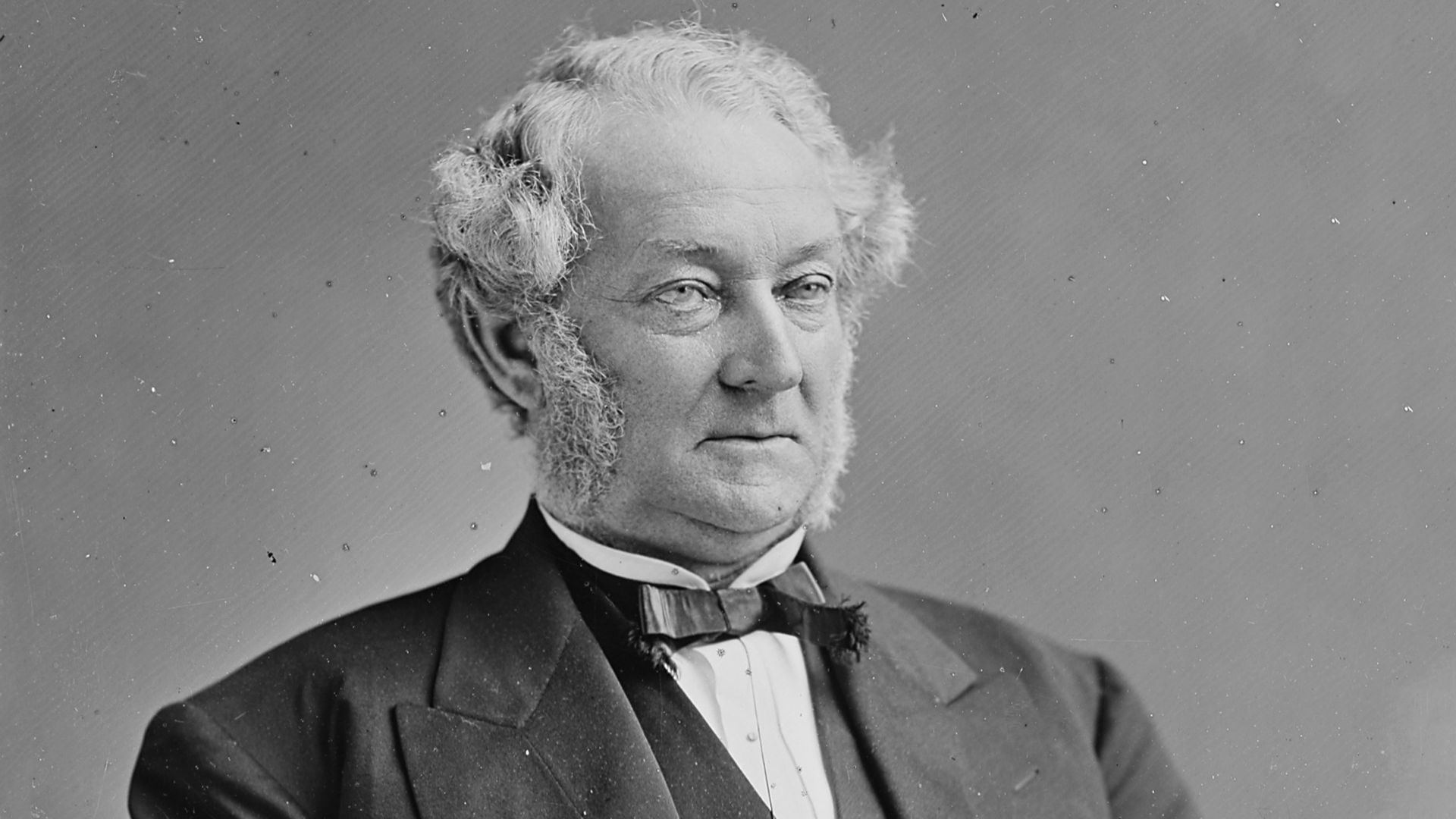 Mathew Benjamin Brady on Wikimedia
Mathew Benjamin Brady on Wikimedia
16. Russell Sage
A frequent collaborator of Jay Gould and treasurer of Rensselaer County, Russell Sage helped develop the American stock market. Sage and Gould manipulated stocks, originated “puts and calls,” and organized the Atlantic & Pacific Telegraph Co.. Sage left over a billion dollars to his wife, most of which was donated to charity.
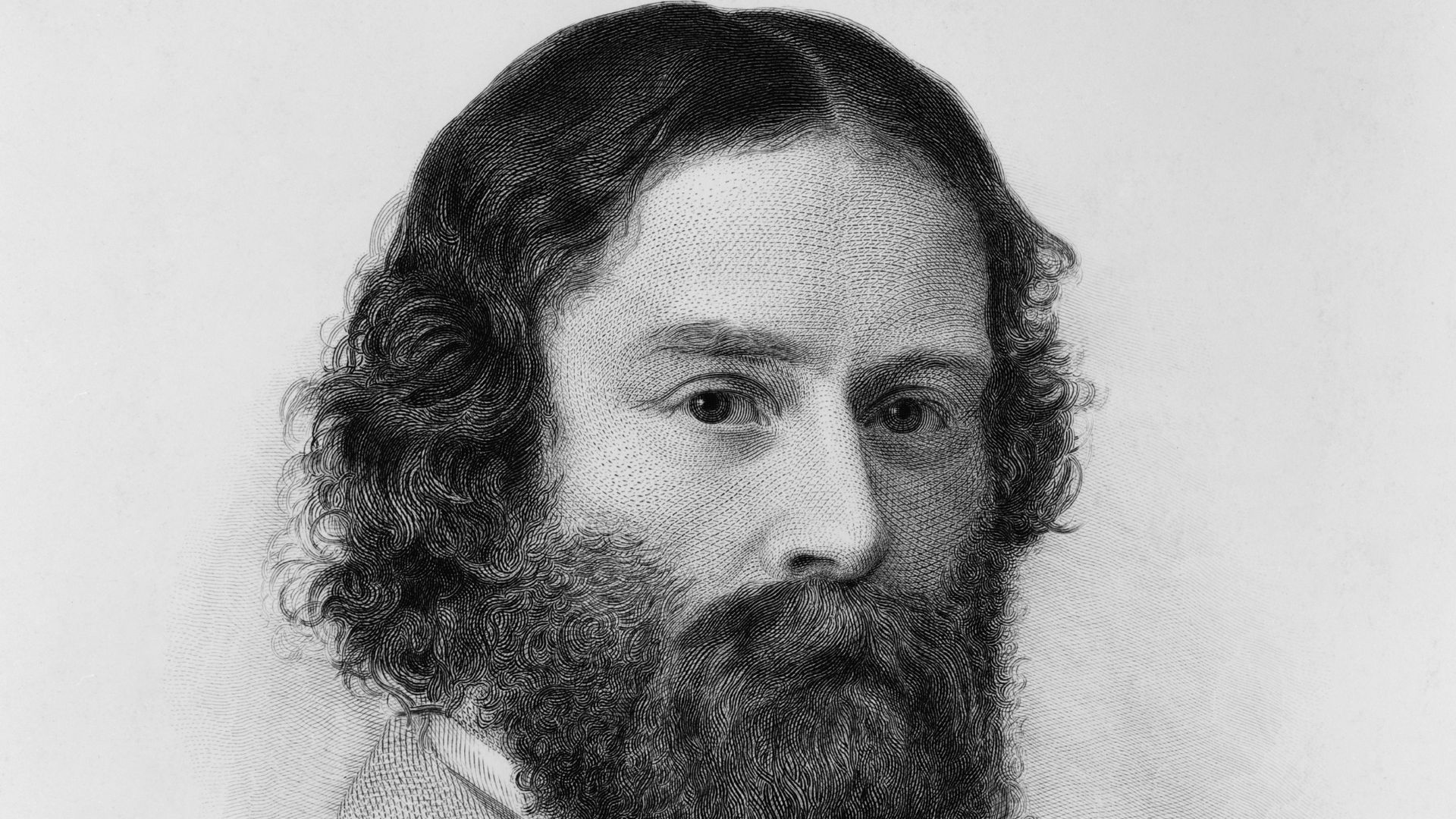 John Angel James Wilcox / Adam Cuerden on Wikimedia
John Angel James Wilcox / Adam Cuerden on Wikimedia
17 James G. Fair
One of the “silver kings” of Nevada, James G. Fair originally went west looking for gold. Instead, he and three fellow Irishmen struck silver at the Comstock Lode, the first major silver district discovered in America. Fair’s fortunes skyrocketed overnight, and he left over $50 million for his children to inherit.
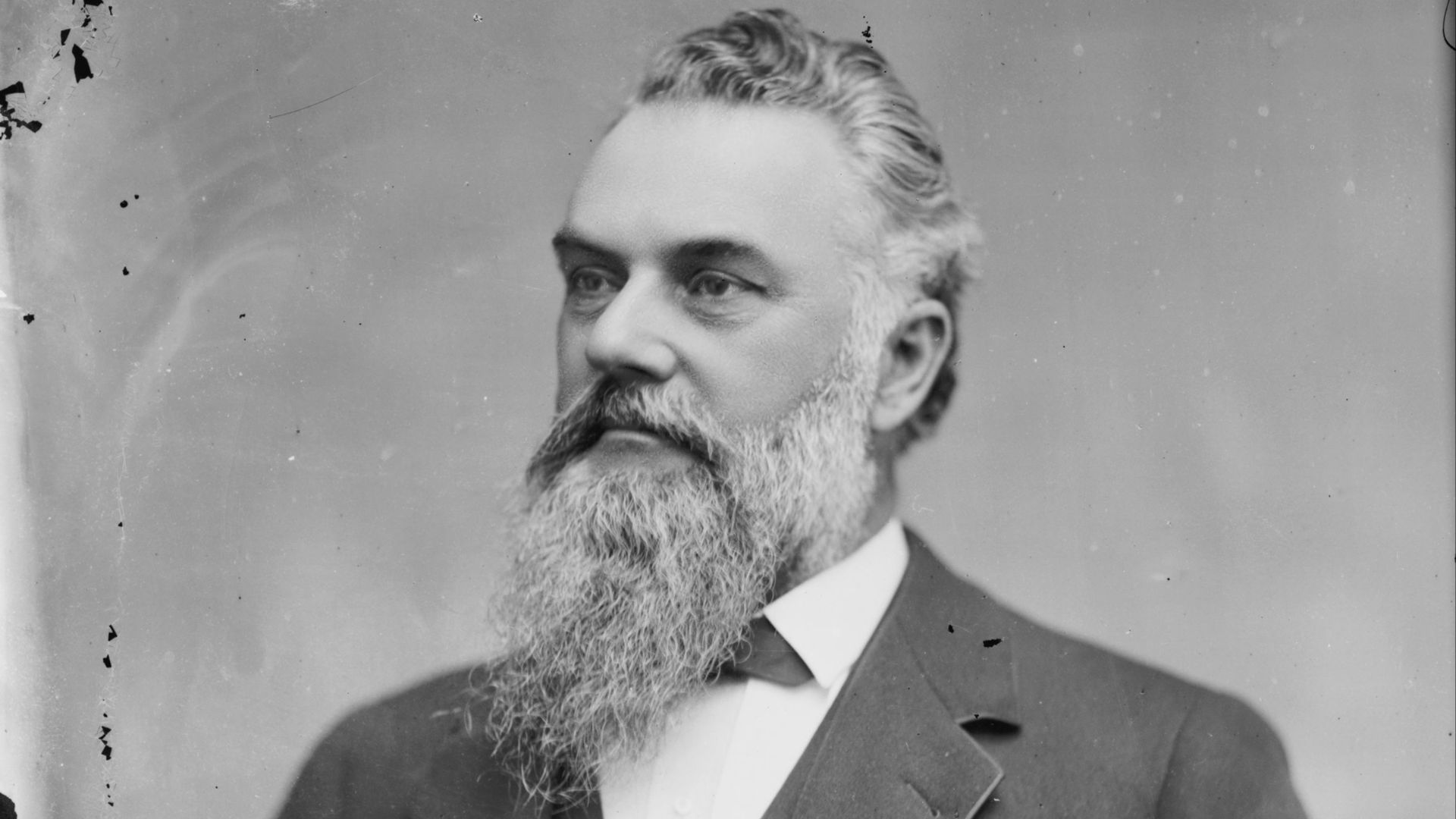 Mathew Benjamin Brady / Levin Corbin Handy on Wikimedia
Mathew Benjamin Brady / Levin Corbin Handy on Wikimedia
18. William Weightman
One of the largest landowners in America, William Weightman was known as the “Quinine King” after he developed a synthetic form of the medication used to treat malaria. When blockades prevented the import of British quinine during the Civil War, Weightman’s company developed a medical monopoly. Weightman’s estates were valued at over $50 billion in today’s money.
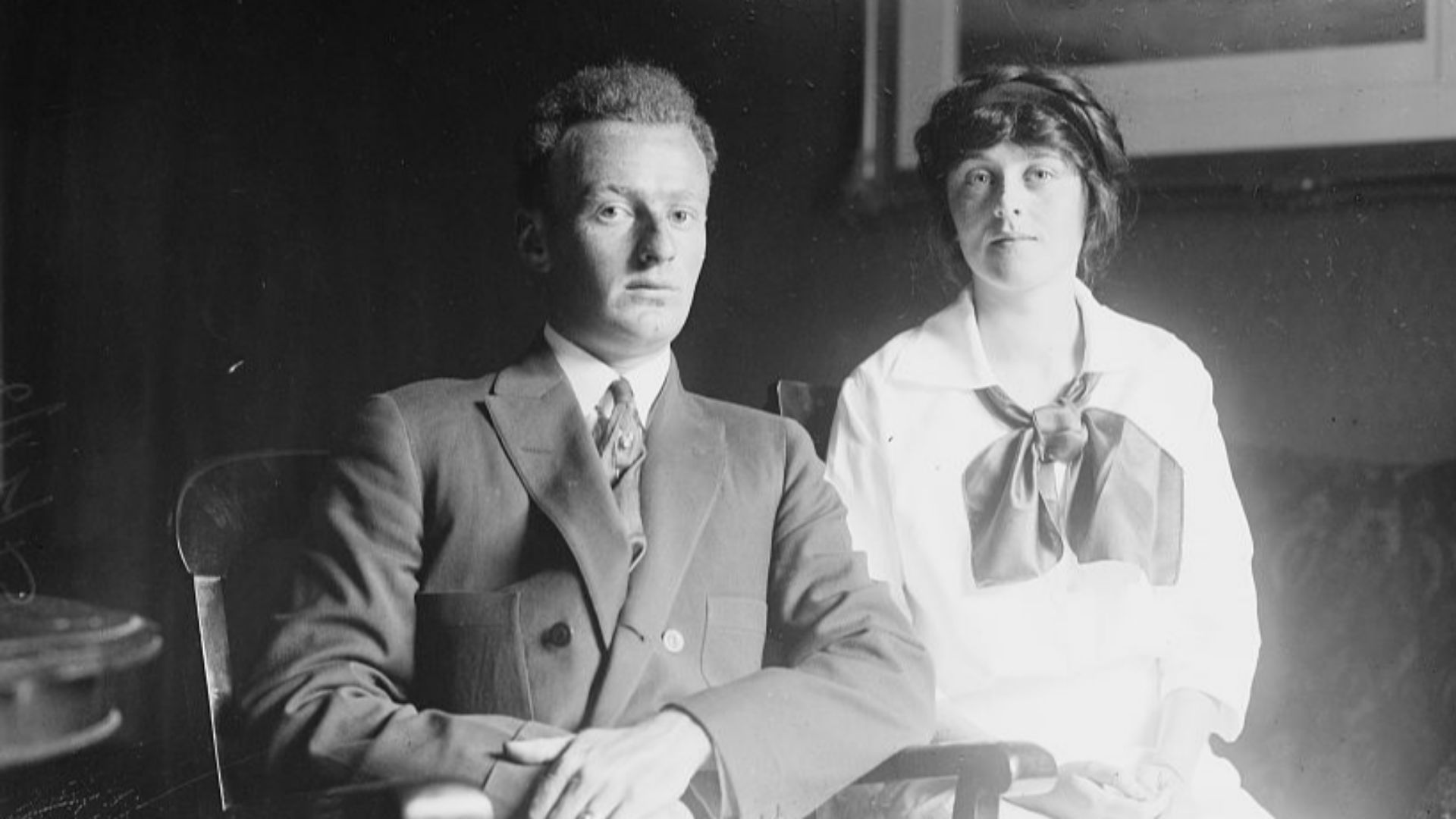 uploaded by Richard Arthur Norton (1958- ) at en.wikipedia on Wikimedia
uploaded by Richard Arthur Norton (1958- ) at en.wikipedia on Wikimedia
19. J. Paul Getty
The patriarch of a petroleum company, J. Paul Getty, was so frugal that he haggled over his grandson’s ransom after he was kidnapped. Getty invested in the family’s oil holdings in Oklahoma, leading to him becoming a millionaire within a year. Getty was worth approximately $25 billion at the time of his passing, and the J. Paul Getty Trust is the world’s wealthiest art institution.
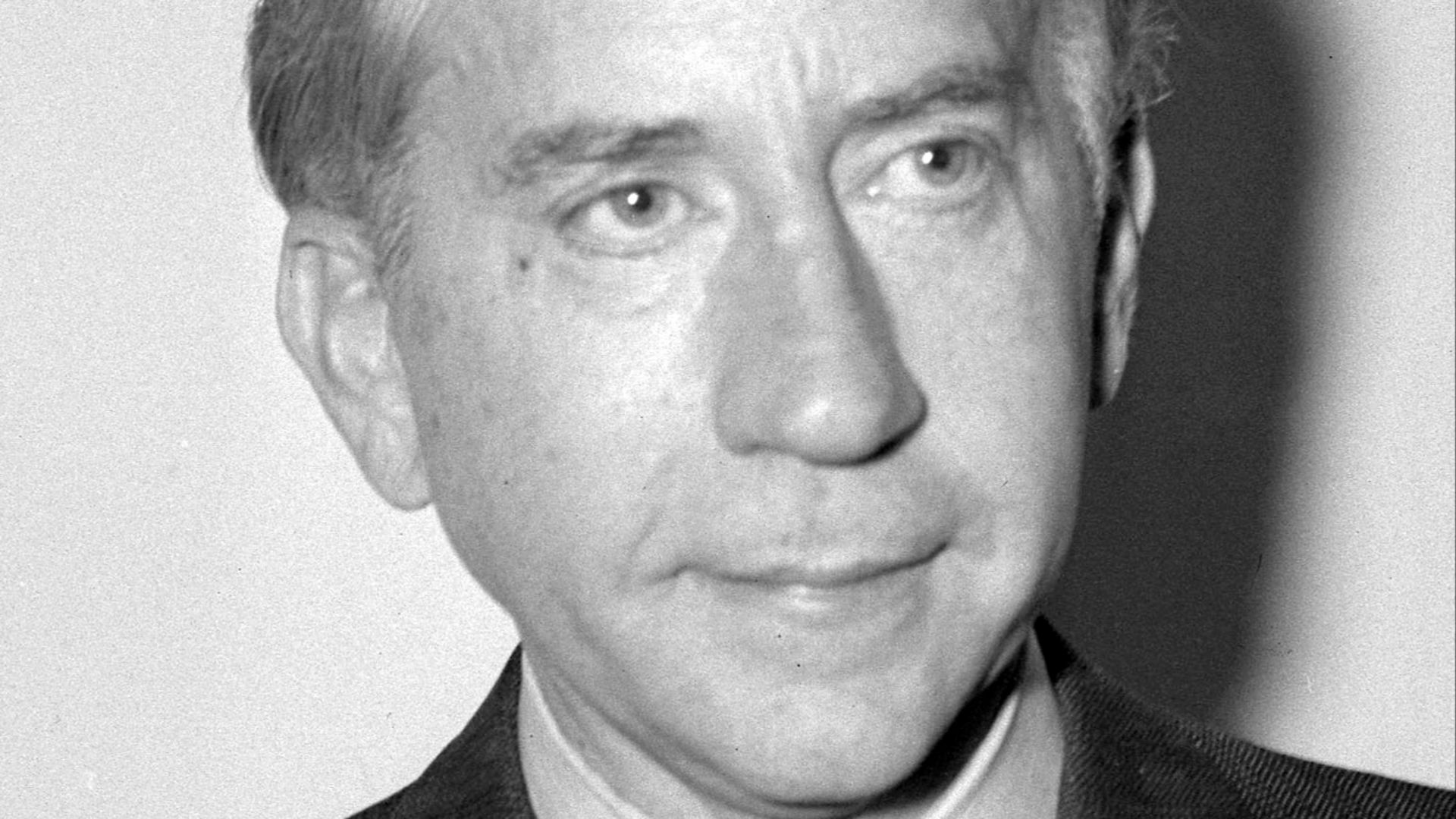 Publication:Los Angeles Daily News on Wikimedia
Publication:Los Angeles Daily News on Wikimedia
20. Hetty Green
Born to wealthy Quaker parents, Hetty Green inherited millions from her family, which she grew through shrewd investments and careful spending. At the time of her passing, her estate was valued at around $3 billion in today’s money, making her the richest woman in the world at the time. The Guinness Book of World Records named her the “World’s Greatest Miser.”
KEEP ON READING
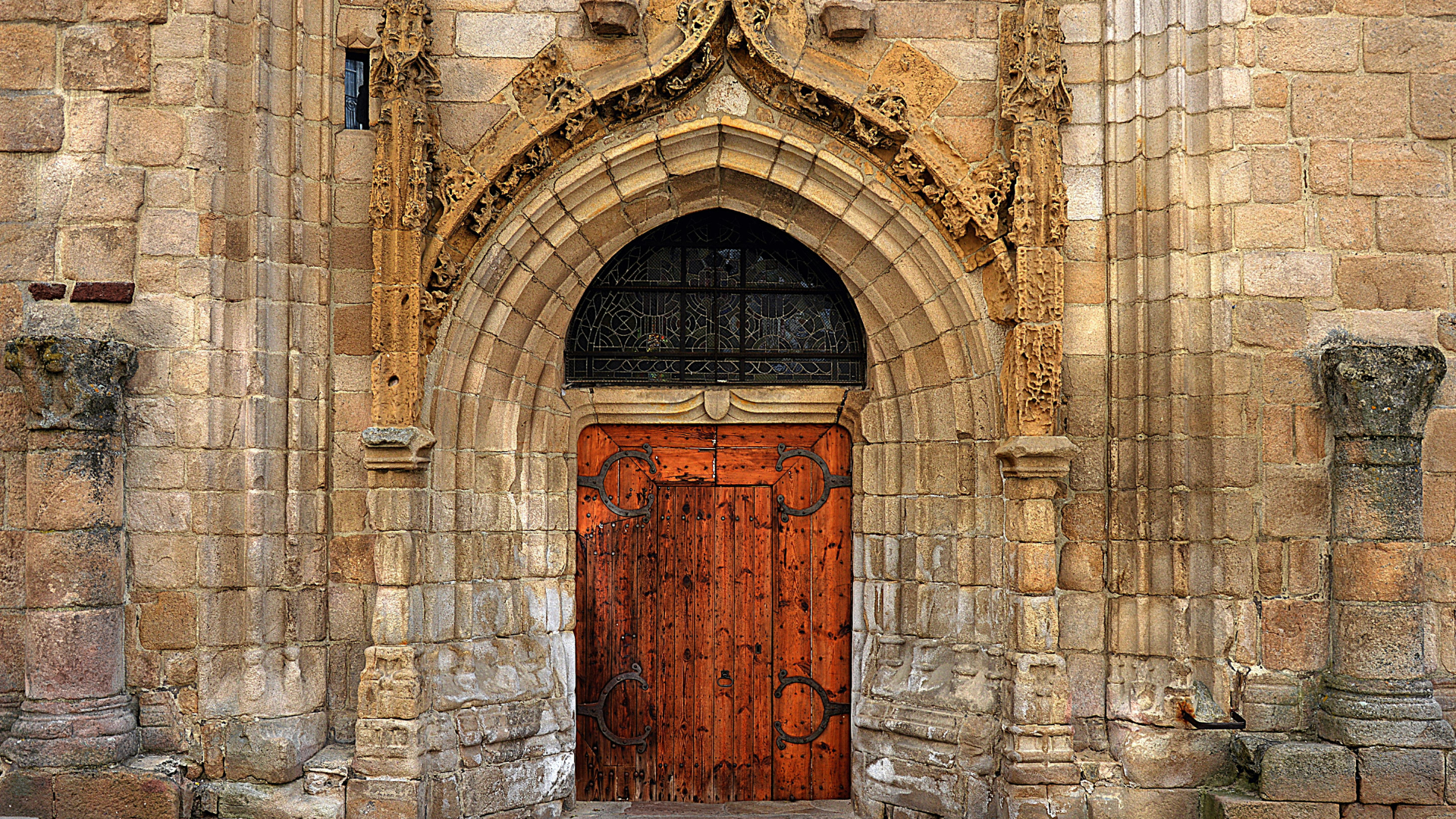
The 20 Oldest And Most Beautiful Churches Around The World
The world is full of breathtaking historic churches whose walls…
By Noone Dec 8, 2025
This Ancient Medical Practice Involved Drilling a Hole Through the…
Rama on WikimediaThere have been many curious medical techniques introduced…
By Christy Chan Dec 5, 2025
The Teenage Girl in the Dutch Resistance Who Seduced and…
UnknownUnknown (NIOD, Nationaal Archief and others all stateHannie Schaft was…
By Cameron Dick Dec 5, 2025
The Modern Art Form That was Secretly Funded by the…
Pedro Ribeiro Simões on WikimediaThe image of a straight-laced CIA…
By Emilie Richardson-Dupuis Dec 5, 2025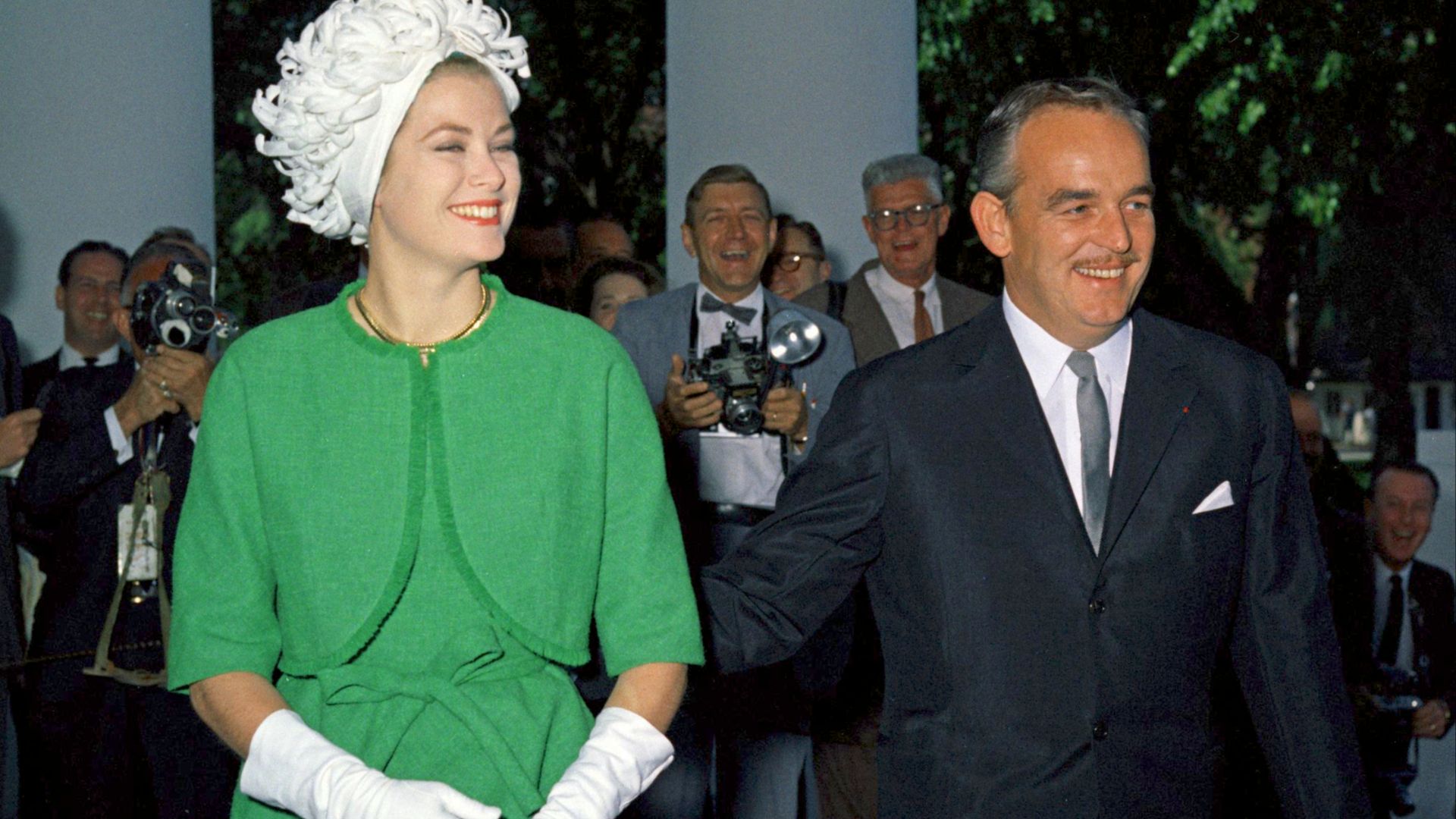
You Think You Have Problems? These Royal Families Were Cursed
Boasson and Eggler St. Petersburg Nevsky 24. on WikimediaHeavy is…
By Ashley Bast Dec 5, 2025
Why America Should Have Entered WWII Earlier
Library of Congress on UnsplashHistorians have debated for decades whether…
By Rob Shapiro Dec 5, 2025

